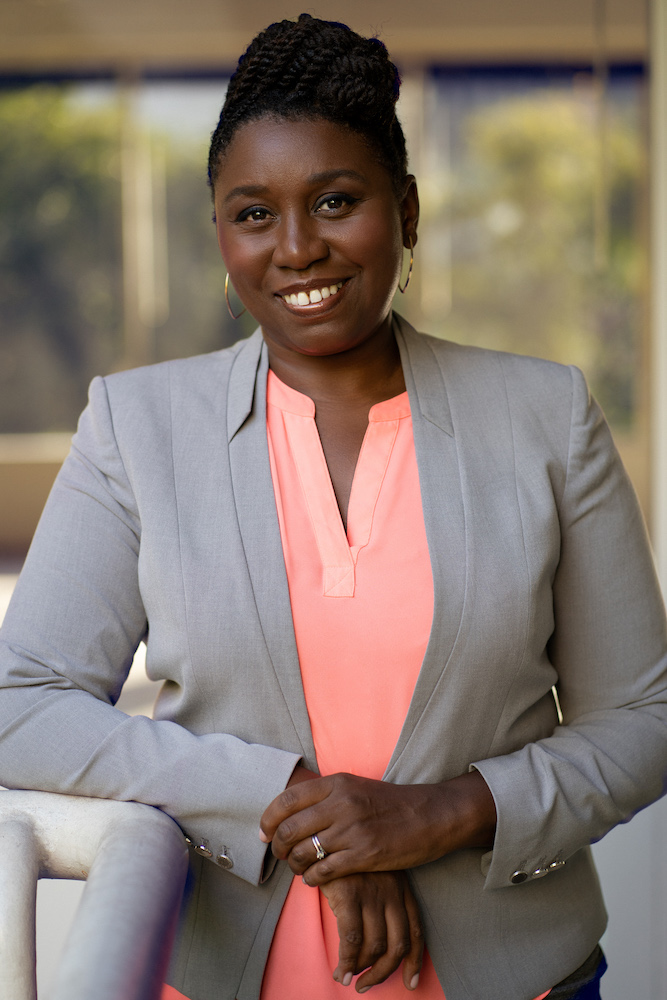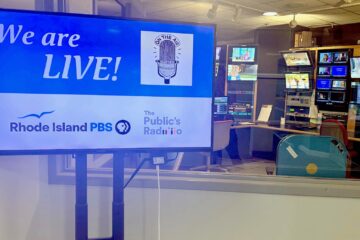Keep DEI a priority, even when the economy says otherwise

jacoblund / iStock
This commentary was first published in Source’s “Sincerely, Leaders of Color” series and is republished here with permission.
If we all had a dollar for every time the phrase “economic headwind” was uttered on the news or in media trade publications over the past six months, we could retire from journalism and open a cat cafe, or indulge in a favorite pastime of choice for the next 30 years. Instead, we’re hearing: Inflation. Recession. Downturn. All terms that never bode well for the media industry.
A bumpy economy puts greater stress on already overstretched budgets; CFOs search behind imaginary couch cushions to reinforce profit and loss statements as advertisers and underwriters get twitchy about committing marketing dollars to campaigns. Meanwhile, in the land of the giving, philanthropic donations become more conservative or cease altogether. When it comes to new shows and initiatives, commissioners get nervous about making bets, and hiring talent becomes less of a priority, while existing staff are expected to do more with less.
Financial concerns have already led to changes in public media, for example. In November, NPR announced the need to cut at least $10 million from its current fiscal year budget. It canceled its summer internship program and suspended its Kroc Fellowships. Last month, the network also announced that it would lay off about 10% of its staff. Those layoffs are expected to come down this week.
In the commercial world, Spotify canceled 10 original shows at Gimlet and Parcast in late 2022, followed by six live audio programs at the end of last year. At the start of 2023, the tech giant announced it would cut 6% of its workforce, around 600 people.
These are examples from two companies in the media realm, but there are many others.
All of this belt-tightening and uncertainty sits against the backdrop of newsrooms and content houses making attempts to embrace diversity, equity, inclusion, access and belonging as key values or as major pillars in strategic plans to serve more diverse audiences. Media outlets turned inward in 2020 to examine themselves in the wake of the killing of George Floyd and again in 2021 following the Atlanta spa shootings that put a spotlight on hate crimes against the Asian/Asian American community. While progress has been made, cutting DEI initiatives may be an easy budget cut that is not staff.
But — and this is a big but:
Diversity initiatives and pivots don’t happen overnight. Nor can a diversity strategy put into place over the last two years reap audience or monetary rewards quickly.
Attracting sizable diverse audiences requires investment — yes, financial, but also of time. Time to build the right team. Time to develop trust in communities previously underserved. Time to address the needs of the new listeners and readers you serve. Time to build relationships that will lead to increased audience and — where people can — financial support in the form of subscriptions and membership.
Making good on your outlet’s diversity goals means holding steady when the economic headwinds are whipping around your face and the inclination is to retreat rather than pay attention to the pledges made while the world was watching. To be clear, this isn’t easy for leaders, but here’s why it’s important to stay the course:
Building trust is about what you do, not what you say.
It is one thing to post a pledge, issue a statement and claim allyship. Putting the action behind the words is something else. As individuals and organizations, our actions say more about our intentions than our words ever could and will.
When it comes to building trust with audiences historically underserved by segments of the media, being consistent is key.
Make time to engage in community events and listen. Don’t just reach out during a tragedy or for a snappy quote on deadline. Also, take the time to understand what a community needs and wants, as opposed to serving your newsroom’s own agenda. Your coverage will be more nuanced, and the new audience you’re trying to build will be more inclined to believe that your intentions are real and for the long haul.
Diverse audiences are being served, regardless of the state of the economy.
The means to seek and find information are endless. And while your media outlet may be newly focused on serving diverse communities today, people within those communities have found other ways to get what they need in the meantime, whether it be news or entertainment: local newsletters and independent online news sources, social media, TV, YouTube or just friends and family.
Rather than thinking about how a particular audience will add to the financial bottom line in the long term, focus on the value your outlet offers right now — what do you have that is of value to the audience you seek? Pay attention to this, because putting DEIA/B efforts on the back burner now will make it more difficult to bring diverse audiences in once the economy picks up again. No one is waiting for you.
Your team is paying attention, especially staff members who represent diversity.
Do you remember the Great Resignation? There’s no quicker way to lose diverse staff than to bring diversity efforts to a halt.
Just as you have to remain consistent with your audience, you also have to remain consistent with your staff. Even though restricted budgets make hiring difficult, think about how to support the staff you DO have through opportunities to stretch and grow at little to no cost to the organization; think special projects, virtual training programs, a revised workweek or a mentoring program to enhance skills at a time when moving to another role within the company might be challenging.
For women and people of color in particular, DEI initiatives have been — willingly or otherwise — added to their plates since 2020. Respect and acknowledge this work and continue to find ways to meaningfully support it.
Look to the future: Where does your organization want to be in five years?
To bring it full circle, all of these points lead to this question: Where does your organization want to be in five years?
If the answer is “remain the same,” then dialing down diversity efforts now may work for you. But if the answer is “a more diverse audience and staff,” then the work has to continue. Economic downturns historically affect women, people of color and members of the LGBTQ community the hardest. Finding ways to meet the needs of these audiences could be meaningful and create a level of value in some sections of the media, especially public media.

Be honest.
Sometimes things change and strategies have to adjust to support new realities. It’s important to remember that it is damaging when an organization says it’s continuing to support diversity efforts, but its actions — around hiring, training, community outreach, editorial — exhibit a different reality.
If the focus has to change, please, just say so. Be explicit in the reasoning and offer a timeline for moving forward.
Being transparent is better for your teams, your organization, the audience you serve and yourself.
Sincerely,
Joanne Griffith
Chief Content Officer, APM Studios and founder of En(title)d!: For Leaders of Color
Joanne Griffith is CCO for APM Studios, the podcast-production division of American Public Media. An international journalist, Griffith has spent her career developing stories and initiatives for audiences of color with the BBC, NPR, Marketplace and Southern California Public Radio. She is also the founder of En(title)d! Leaders, a conversation and coaching space for leaders of color in creative industries in the U.S., Canada and the United Kingdom. Twitter: @globaljourno
This column was solicited for Source’s “Sincerely, Leaders of Color” series by P. Kim Bui and Emma Carew Grovum and edited by Bui. The series is proudly sponsored by the Executive Program and the Tow Knight Center at the Craig Newmark Graduate School of Journalism at CUNY, and its guest writers budget is sponsored by The American Press Institute.





